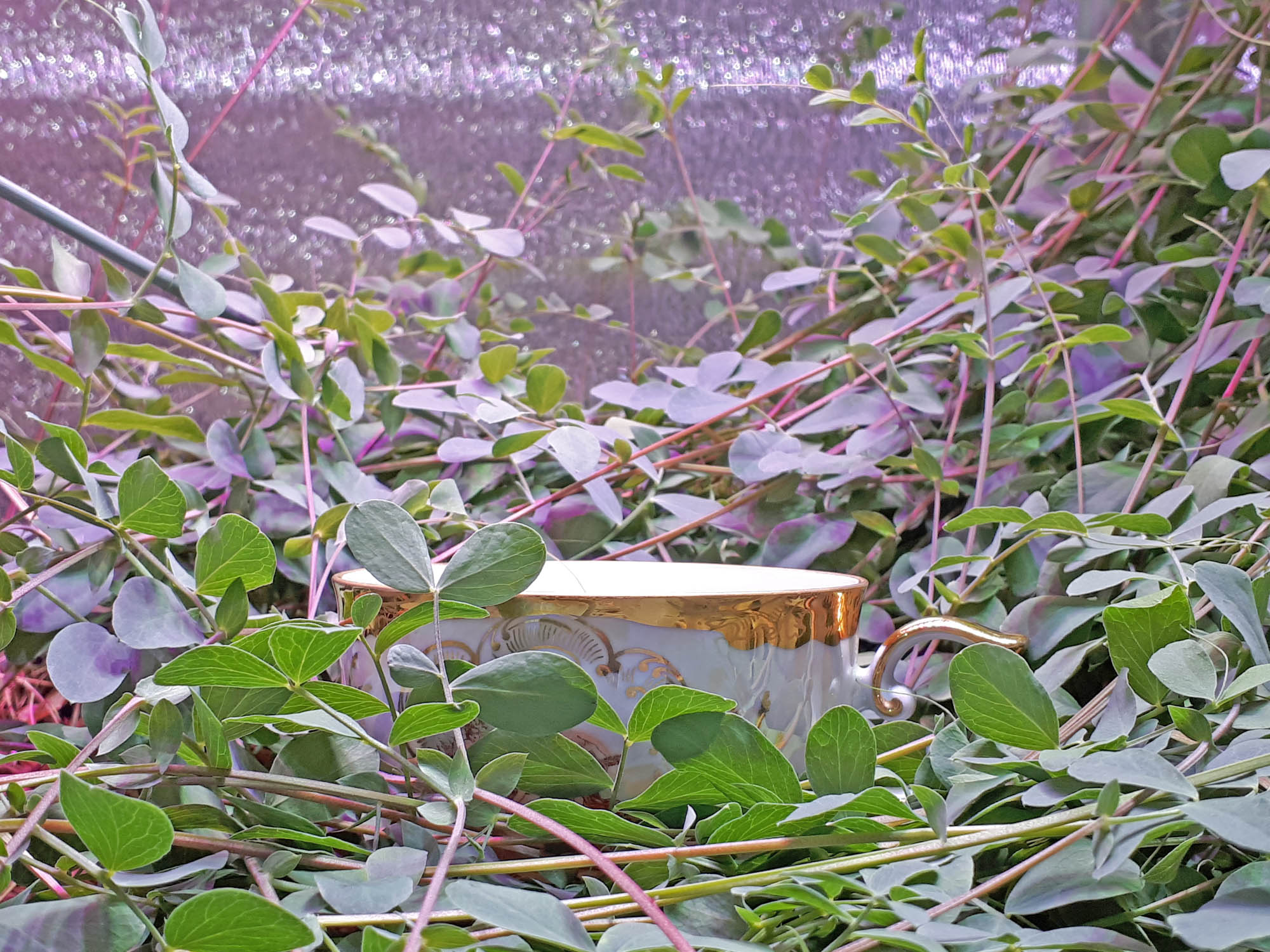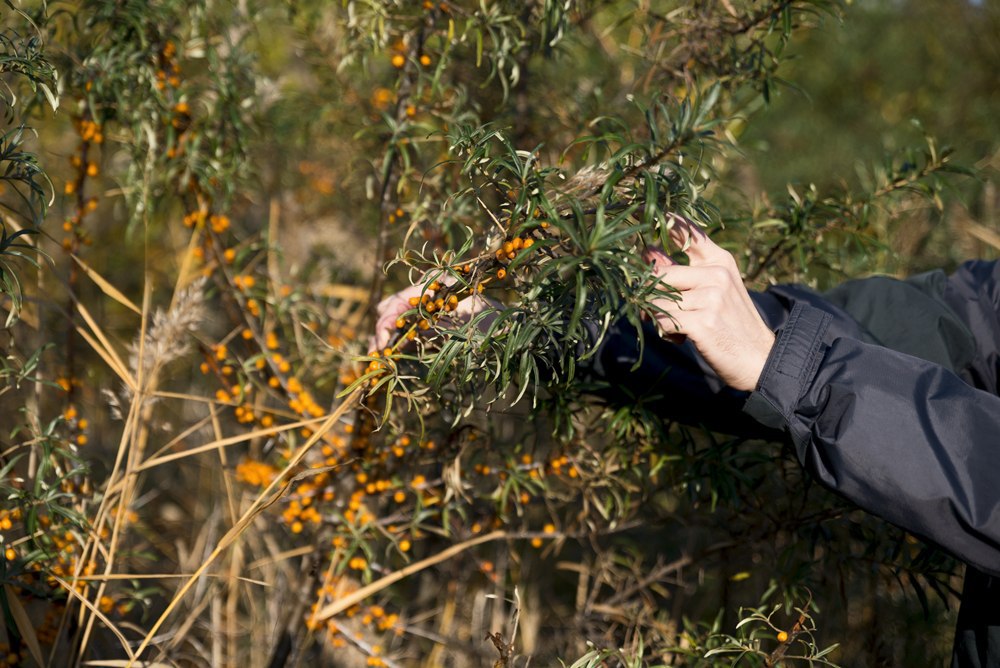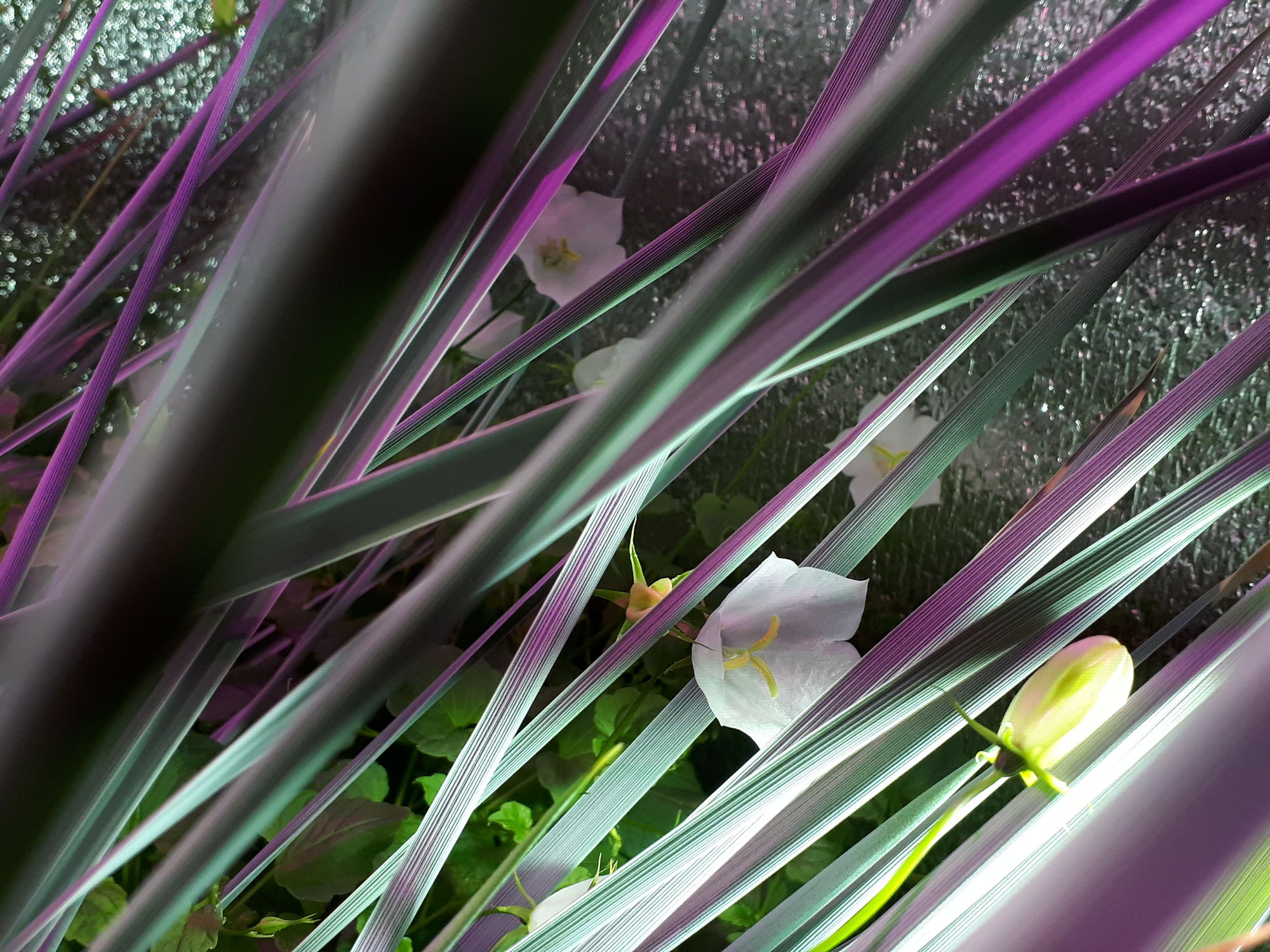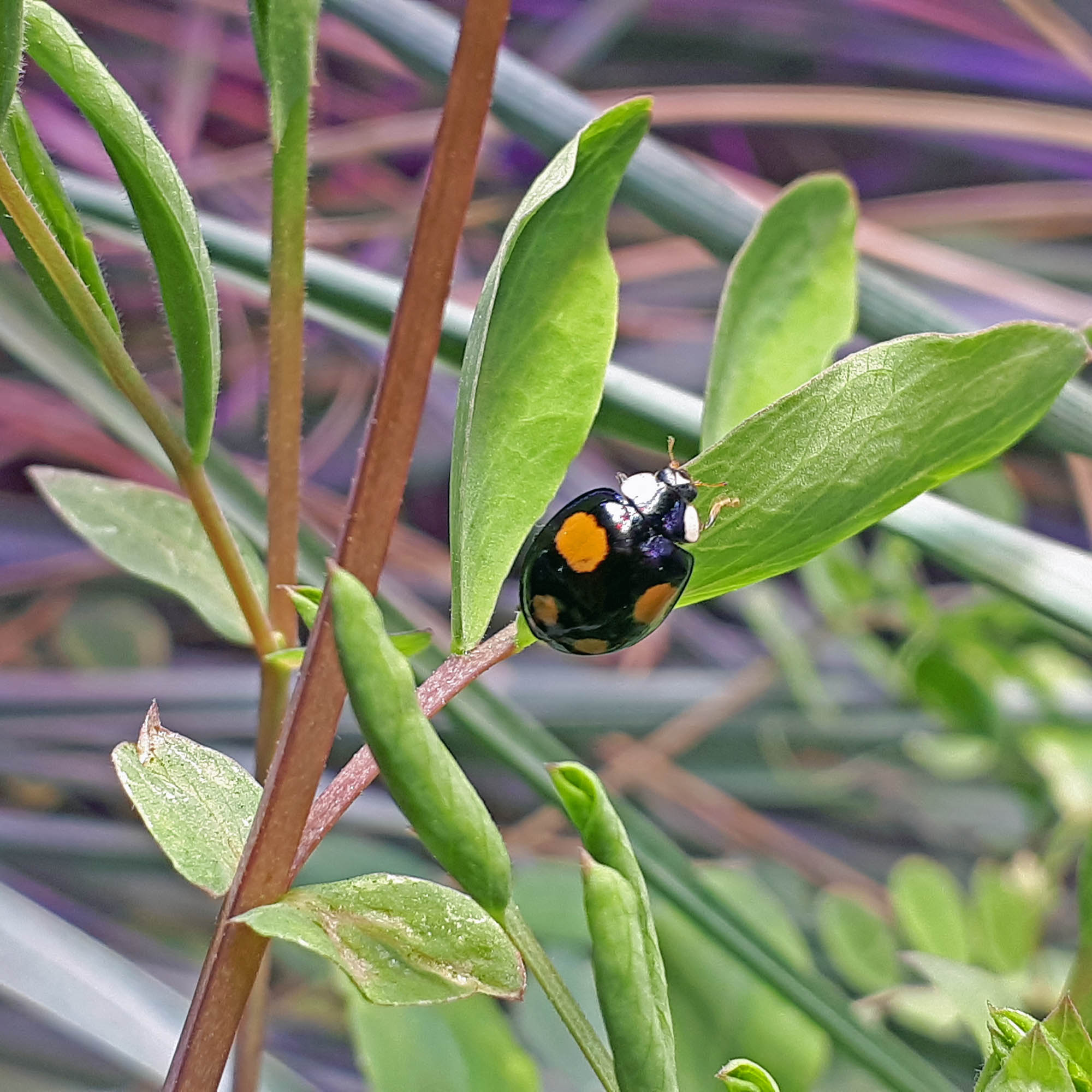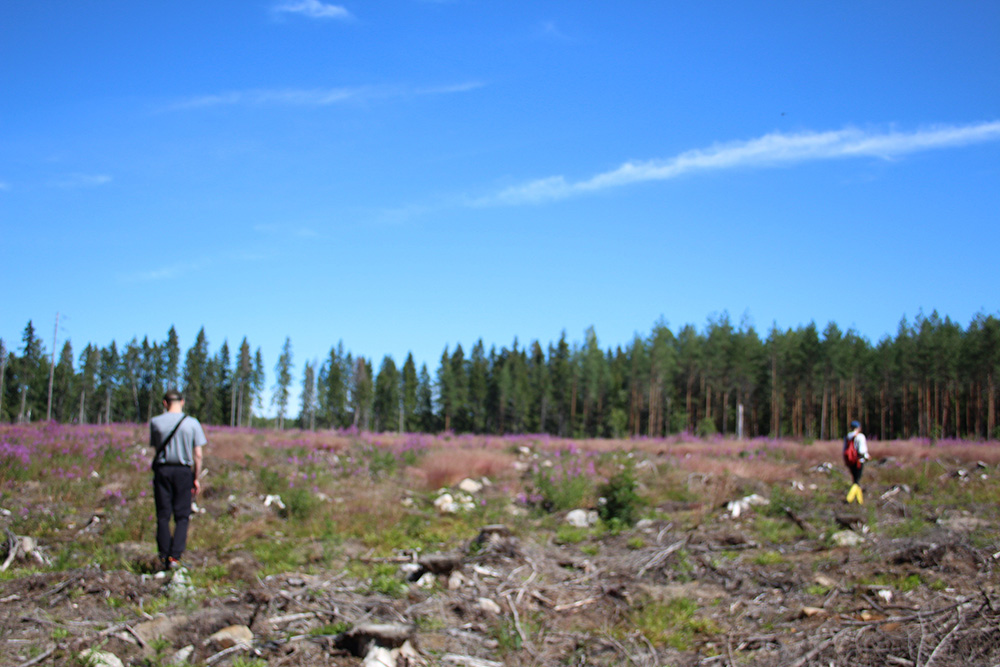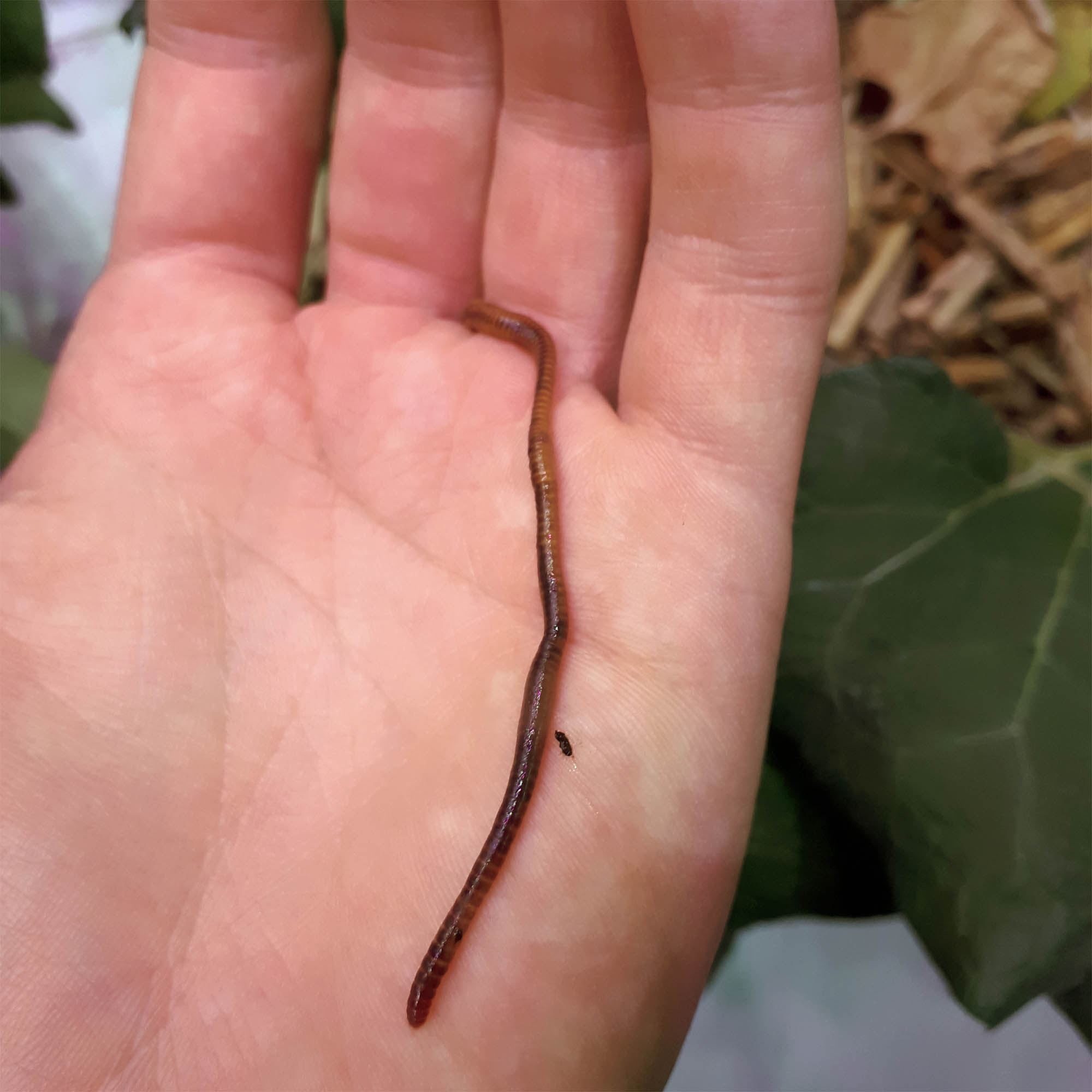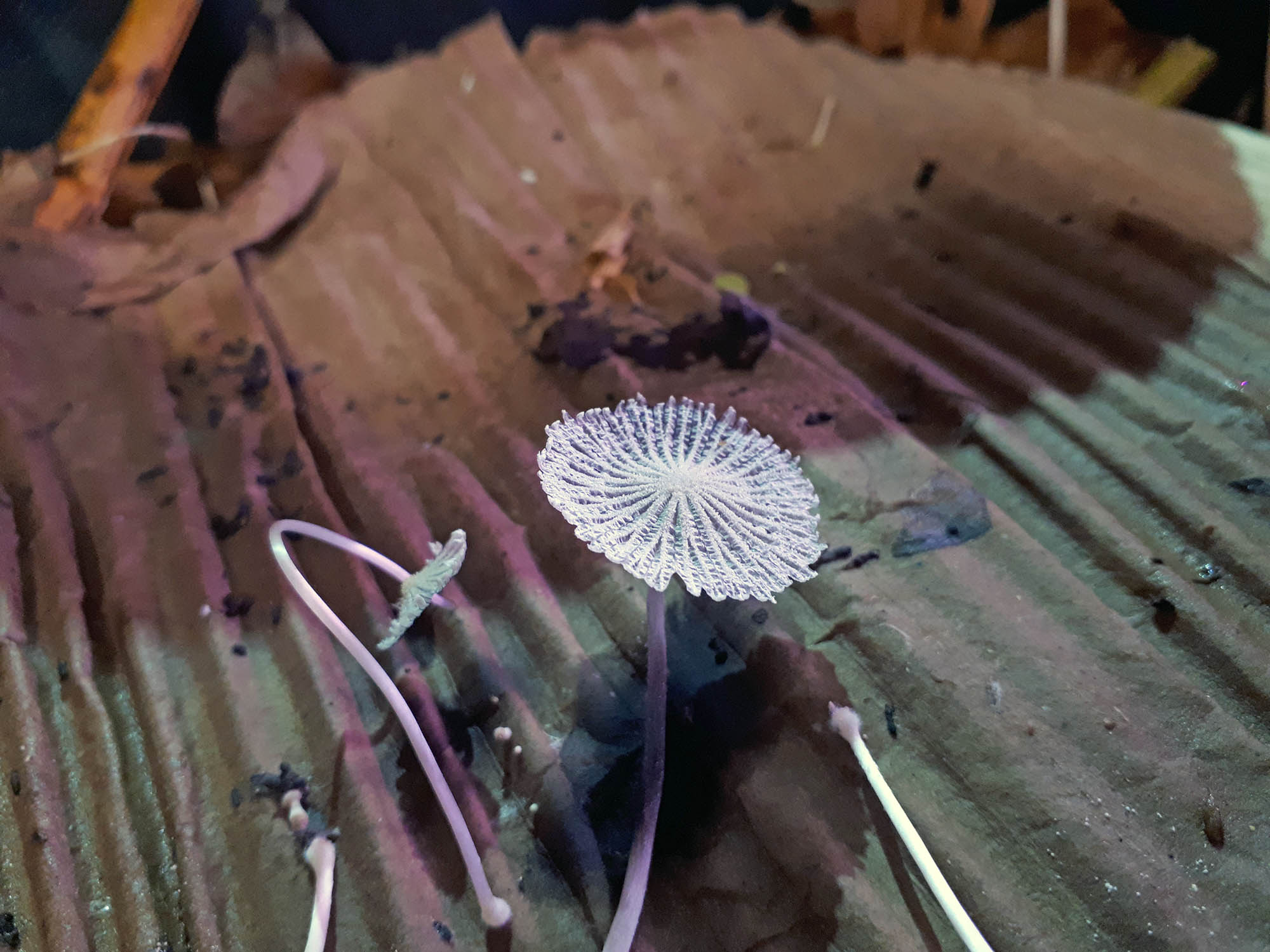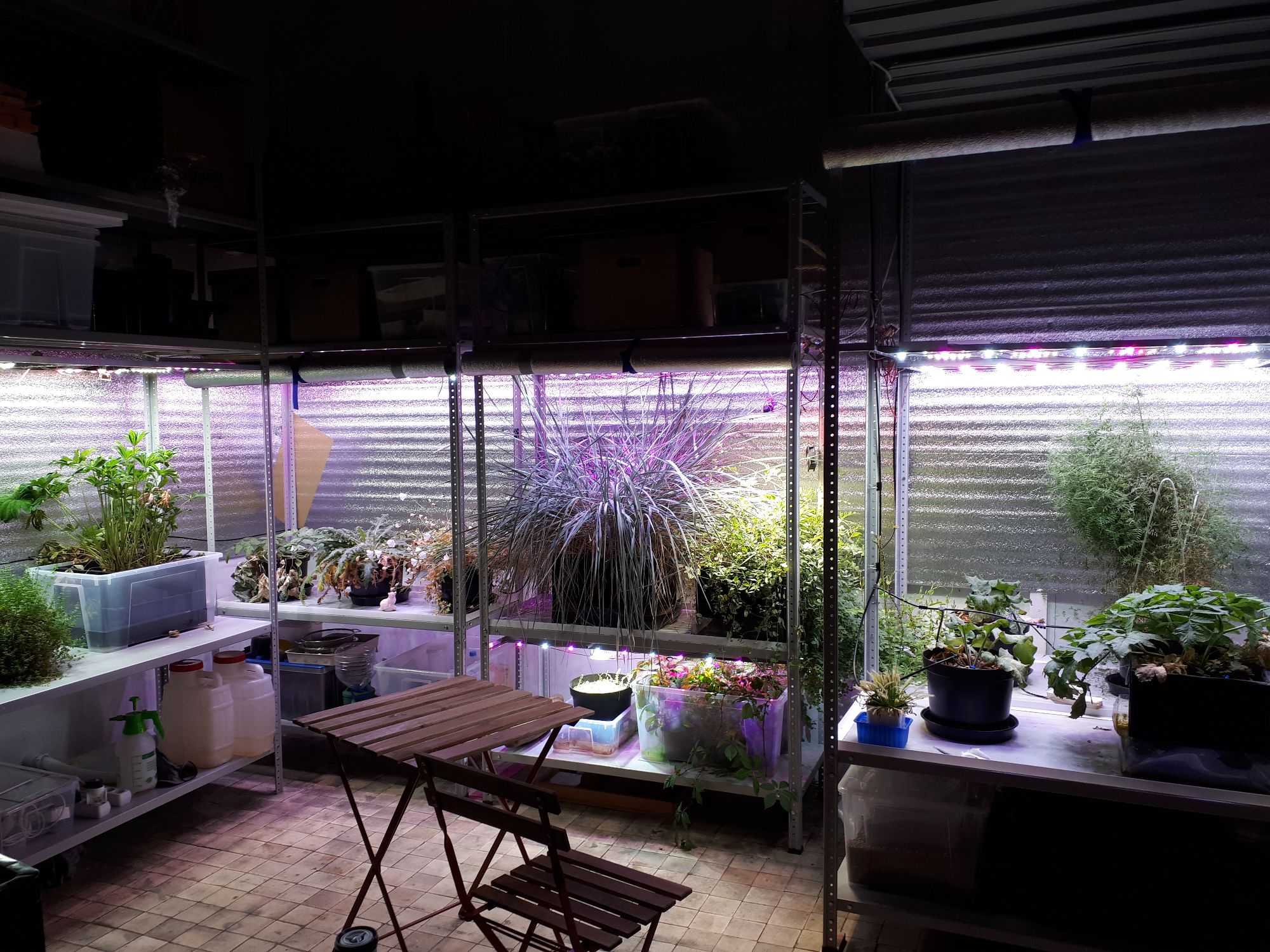Sciaponics
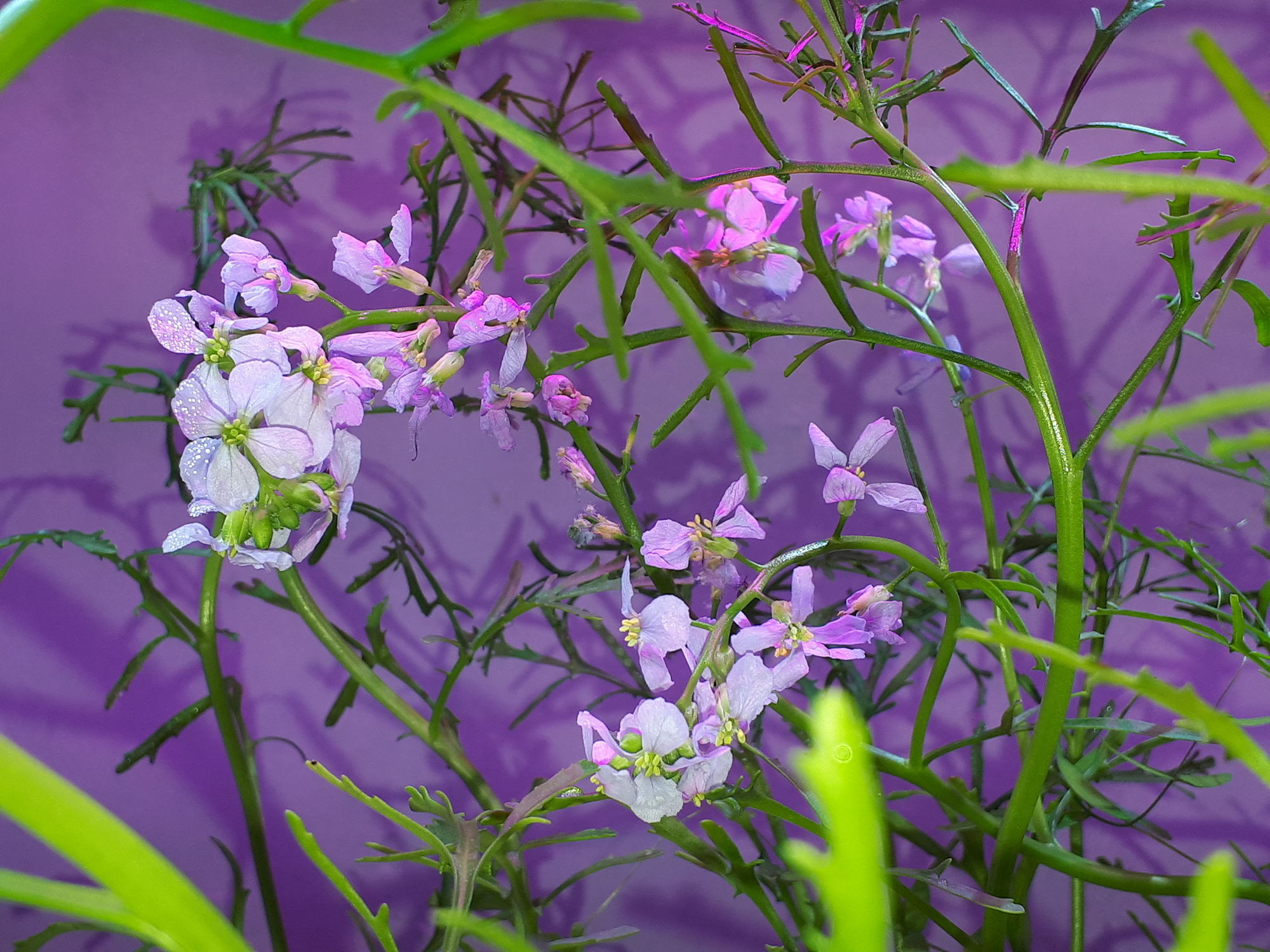
Sciaponics is a composite technology for grasping or initiating disturbing and graceful relationships between plant, human, machine, and symbolic selves.
To feed these relationships, sciaponics constructs its own cocoon between art and horticulture: a cocoon for dreamy plant-growing and grounded art.
Sciaponics is organized as a framework, a basket of found or experienced stories, metaphors, and practical solutions. These elements combine into components that become seeds for new pseudo-lives, personal or shared.
The name sciaponics comes from the Greek scia (“shadow”) and poneo (“work”), in resemblance to terms such as geoponics or hydroponics, and indicates the blend of two apparently dissimilar things: a fluttering suspension of the ordinary way of being and an engineering immersion in material pursuits.
The practical and artistic tasks of sciaponics are outlined in the text “Framework for Foamed Nothingness: Encountering Sciaponics”.
You can receive invitations to participate in new events by subscribing to the newsletter . The artist’s social medias has a lot of everyday sciaponic content (inst, tg channel).
The content of sciaponics can be revealed through the description of
its main modules:

